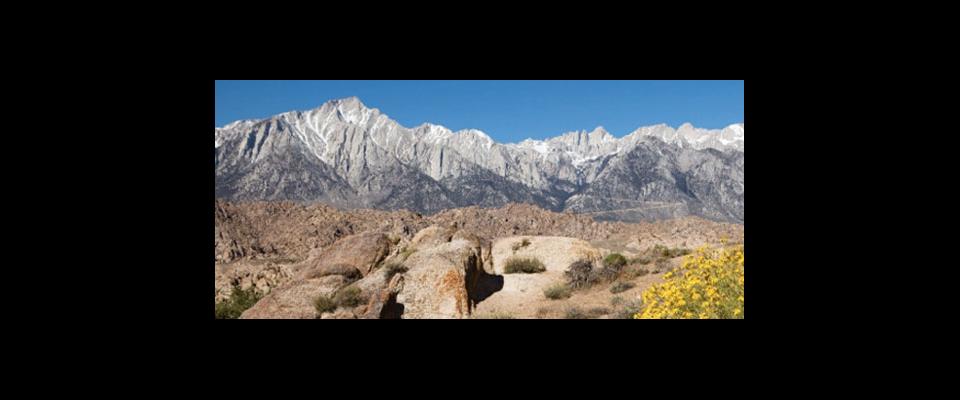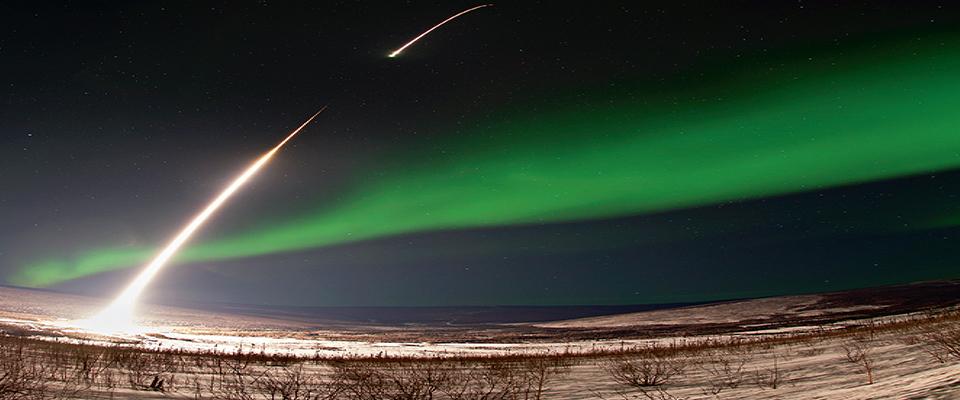To understand what’s happening on the surface of things, you must look deep within. That might be the guiding mantra of a trio of UC Berkeley geologists who are looking a hundred miles below the earth’s surface in order to better understand the tectonic forces that shape our planet.
Using a 3D imaging technique called seismic tomography and data gathered from more than 1,000 on- and offshore seismometers, researchers William Hawley, Richard Allen, and Mark Richards have captured a clearer picture of one portion of the earth’s elusive deep structure. It’s a giant, sausage-shaped accumulation of buoyant material beneath the Juan de Fuca Plate—an oceanic plate nearly the size of Michigan. The plate’s western edge runs from Northern California to Vancouver Island, Canada.
This edge isn’t really an edge at all: It’s the border at which the Juan de Fuca Plate is subducting (moving beneath) the North American Plate on which our continent rests. This roughly 700-mile-long tract is called the Cascadia Subduction Zone (CSZ), and the trio’s model of what’s happening beneath the Juan de Fuca Plate provides us with the most comprehensive understanding of the region to date.

The findings were published in the September 23 issue of Science. Hawley, the paper’s lead author and a fourth-year Ph.D. candidate in the Department of Earth and Planetary Science, explains that the elongate tectonic feature they discovered is thought to be an accumulation of low-viscosity mantle material. Further research is necessary, but Hawley thinks this material might exist throughout the planet in a thin layer between the lithosphere, which is composed of the crust and rigid upper mantle, and the asthenosphere, the weak portion of the upper mantle.
Little is known about the lithosphere-asthenosphere boundary (LAB), which is difficult to capture using traditional imaging techniques. “This layer is really hard to see because it’s very deep and very thin,” Hawley explains. “While we don’t see this layer itself, we do see its accumulation in a subduction zone.”
In addition to clarifying the structure of the CSZ, the trio’s findings bring us closer to locating the driving mechanism behind plate tectonics, which is still poorly understood. One popular hypothesis suggests that tectonic plates are dragged along by the flow of molten mantle material below them. Hawley’s research complicates this thinking by suggesting that the LAB acts as a tectonic lubricant that helps plates glide over the mantle, at least in the CSZ.
The team’s findings may also help to explain instances of unexpected volcanism in California (including Berkeley’s own Sibley Volcanic Regional Preserve) and along the Japanese trench, which may form when this partially molten material leaves the mantle. Says Hawley, “Understanding the asthenosphere is critical for understanding a wide range of things that happen at the surface of the earth.” Including earthquakes.
“Understanding the asthenosphere is critical for understanding a wide range of things that happen at the surface of the earth.”
Almost all earthquakes of magnitude 8 or greater occur at subduction zones like the Cascadia, which gained widespread notoriety last year in a much-discussed New Yorker article that presaged the destruction of “a sizable portion of the coastal Northwest.” While Hawley understands that the public is eager to know more about that risk, he stresses that the team’s research is specifically about deep-Earth structure, not seismic hazard.
“Our study doesn’t show how the strain [between the plates] is accumulating, but it does show something about the structure of a subduction zone that we didn’t know before,” Hawley explains. “Understanding structure can help us to understand the strain, and understanding the strain can help us to understand seismic hazard.”
Researchers are now eager to learn whether this feature exists at other subduction zones. To find out, Hawley says more access to offshore seismometers is needed. In particular, he hopes to work with data from the seafloor array that was recently deployed off the coast of Japan.
Offshore instrumentation is just one method that might bring clarity to scientists working with plate tectonics, which, despite advances in the last 50 years, remains a relatively new theory that seeks to explain geological forces that are billions of years old. For now, Hawley and other researchers are advancing carefully in uncharted waters.
“This paper doesn’t have the answer,” Hawley notes. “But I hope that it gets us a little closer to it.”





















